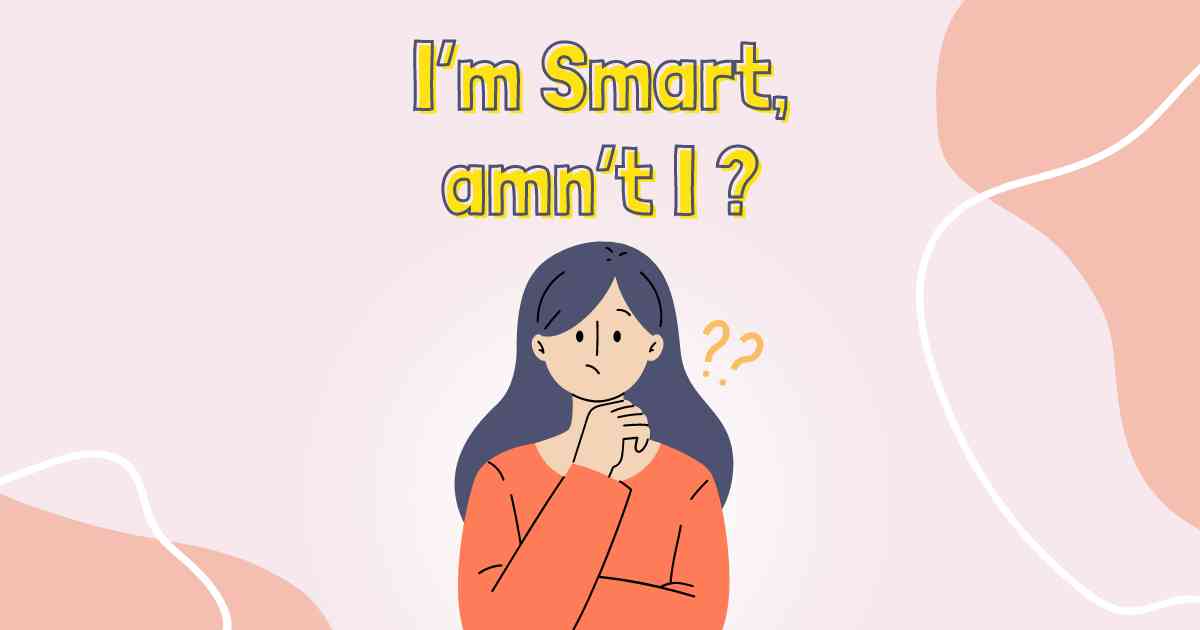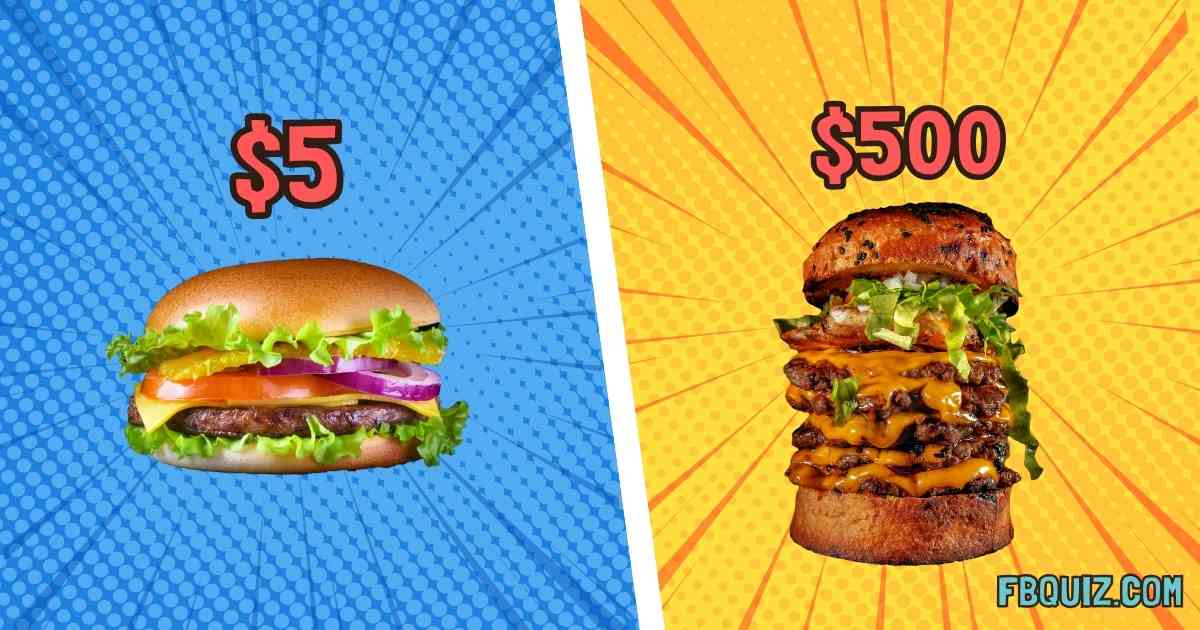What is Present Tense?
The present tense is all about what’s happening right now or things that always happen. It’s like the here-and-now tense!
| Pos. | Name | Points |
|---|---|---|
| 1 | Noah | 70 |
| 2 | Jennie | 30 |
| 3 | FB Quiz | 30 |
| 4 | Dennise | 20 |
Types of Present Tense
There are four types of present tense. Let’s break them down:
Simple Present: This is used for things that are always true or happen regularly.
Example: “I eat breakfast every day.” (This means you do it regularly.)
Present Continuous: This is for actions happening right now or around this moment.
Example: “I am eating breakfast.” (This means you are doing it right now.)
Present Perfect: This connects the past with the present. It’s for things that happened at some point before now but are still relevant or important.
Example: “I have eaten breakfast.” (You’ve already done it, and now it’s important for some reason.)
Present Perfect Continuous: This is for actions that started in the past and are still happening or just stopped.
Example: “I have been eating breakfast.” (You started earlier and are either still eating or just finished.)
| Pos. | Name | Points |
|---|---|---|
| 1 | Freddie | 90 |
| 2 | Dragunovski | 90 |
| 3 | Jordan | 30 |
How to Use Them
Simple Present: Use the base form of the verb. For he/she/it, add an “s” at the end.
“I walk to school.” / “She walks to school.”
Present Continuous: Use “am,” “is,” or “are” + verb + “ing.”
“I am walking to school.” / “They are walking to school.”
Present Perfect: Use “have” or “has” + past participle (the third form of the verb).
“I have walked to school.” / “He has walked to school.”
Present Perfect Continuous: Use “have been” or “has been” + verb + “ing.”
“I have been walking to school.” / “She has been walking to school.”
| Pos. | Name | Points |
|---|---|---|
| 1 | Marie | 60 |
| 2 | Michael | 40 |
| 3 | Thomas | 20 |
Why Bother with All These Forms?
Each type of present tense gives a slightly different meaning, helping you be more precise about when something happens. It’s like having different tools for different jobs.
Simple Present: Good for routines and facts.
“The sun rises in the east.”
Present Continuous: Great for actions happening right now.
“I am writing a message.”
Present Perfect: Useful to show the connection between past actions and the present moment.
“She has visited Paris.” (And maybe she can tell you about it now.)
Present Perfect Continuous: Perfect for showing how long something has been happening.
“We have been learning English for two hours.”
| Pos. | Name | Points |
|---|---|---|
| 1 | Eliza | 40 |
| 2 | Charlie | 30 |
| 3 | Franky | 20 |
Quick Tips
Watch Out for Time Words
Words like “now,” “always,” “just,” and “recently” can help you decide which present tense to use.
Don’t Stress
If you’re not sure which one to use, just go with what feels right. English speakers will usually understand you even if it’s not perfect.
Practice Makes Perfect
The more you use these tenses, the easier they’ll get. Try making sentences about your daily routine, what you’re doing now, and things you’ve done recently. Keep practicing, and soon, you’ll be a pro at using the present tense!
Pretty easy, right? If you have any questions, just ask below!


